Old Newgate Prison
A former copper mine which became a truly unsuccessful prison.
With a number of sturdy tunnels and chambers already in place, a copper mine seemed a perfectly fine place to establish a prison, but the site which is now known as the Old Newgate Prison produced more escapees than copper ore.
The future prison began as a copper mine in 1705, while the land was still a British colony. As hard cash was scarce in colonial America, Samuel Higley, the owner of the mine, used local copper to mint three-penny tokens from 1737 to 1739. These are believed to have been the very first copper coins minted in America, not counting counterfeits. Higley’s neighbors later complained that they were overvalued, so he changed the reverse legend from “3 pence” to “value me as you please.” Since many of them were melted down for other purposes, the so-called “Higley copper” coins are extremely rare today, sometimes even valued for a whopping $125,000.
After the mine proved unprofitable, the ruling government approached the tavern keeper who owned the land and convinced him that he would be an admirable prison keeper and that the disused mining tunnels could act as pre-made cells. The barkeep agreed and after a few security alterations, the former mining operation welcomed its first prisoner in 1773. The captured burglar was assigned to an underground cell where he remained for all of 18 days before breaking out with the help of a former flame. This escape was to be just the first in a string of felons who were able to mysteriously sneak out of well shafts or past the meager guard force. Often inmates would simply disappear, their escape method remaining a mystery.
Despite the barman-cum-warden’s poor track record, the colony held faith in the facility, continually adding fortifications to the mining tunnels, increased guard patrols, and even exterior walls. As Newgate’s reputation for an almost open-door prisoner policy faded with the new security measures, the penal facility gained a more grim infamy for the conditions in its black depths. Prisoners were given naught but straw to sleep on in the damp tunnels, which crawled with vermin, before being led in chains each morning to be forcibly worked in the newly constructed nail shop.
As the years went on, the facility also began playing host to nearly every type of criminal from unruly boys, to political dissidents, to hardened murderers. Escape attempts continued but when they were no longer viable the prisoners turned to frequent and bloody rioting. By the time the prison was finally closed in 1827 due to its inhumane living conditions, the underground mine was known simply as “Hell” by its tenants.
After the prison closed, attempts were made to resume copper mining at the site, but this proved as fruitless as the original venture. Today the Old Newgate Prison is preserved as a national landmark and maintained as a museum where visitors can see how a number of the prisoners escaped. Given the atrocities the prison would later perpetrate, being remembered as an easy place to escape from doesn’t seem so bad.
Know Before You Go
Just updating the website... the other one goes to a gambling (?) page now.
Community Contributors
Added by
Edited by
Plan Your Trip
The Atlas Obscura Podcast is Back!


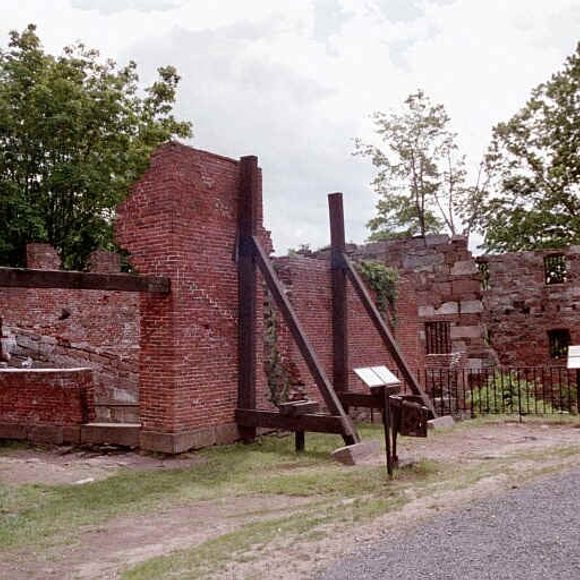




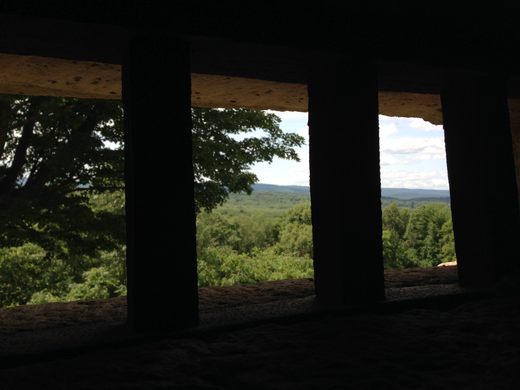
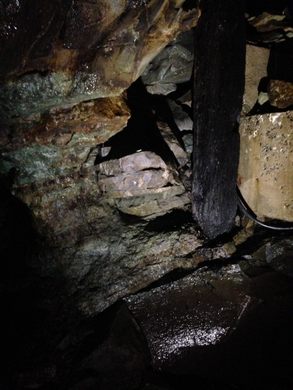
















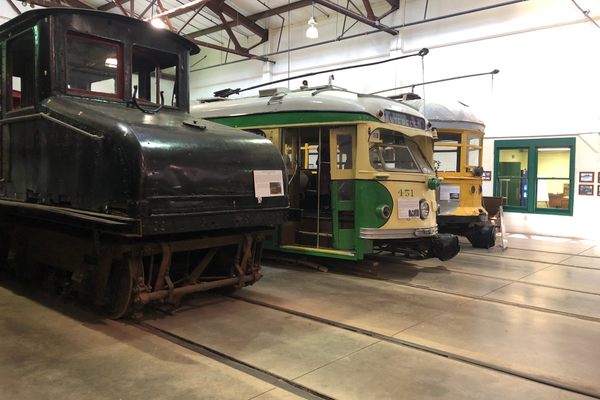

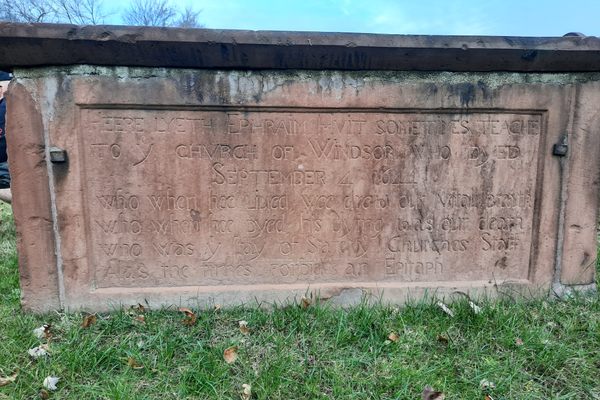





Follow us on Twitter to get the latest on the world's hidden wonders.
Like us on Facebook to get the latest on the world's hidden wonders.
Follow us on Twitter Like us on Facebook